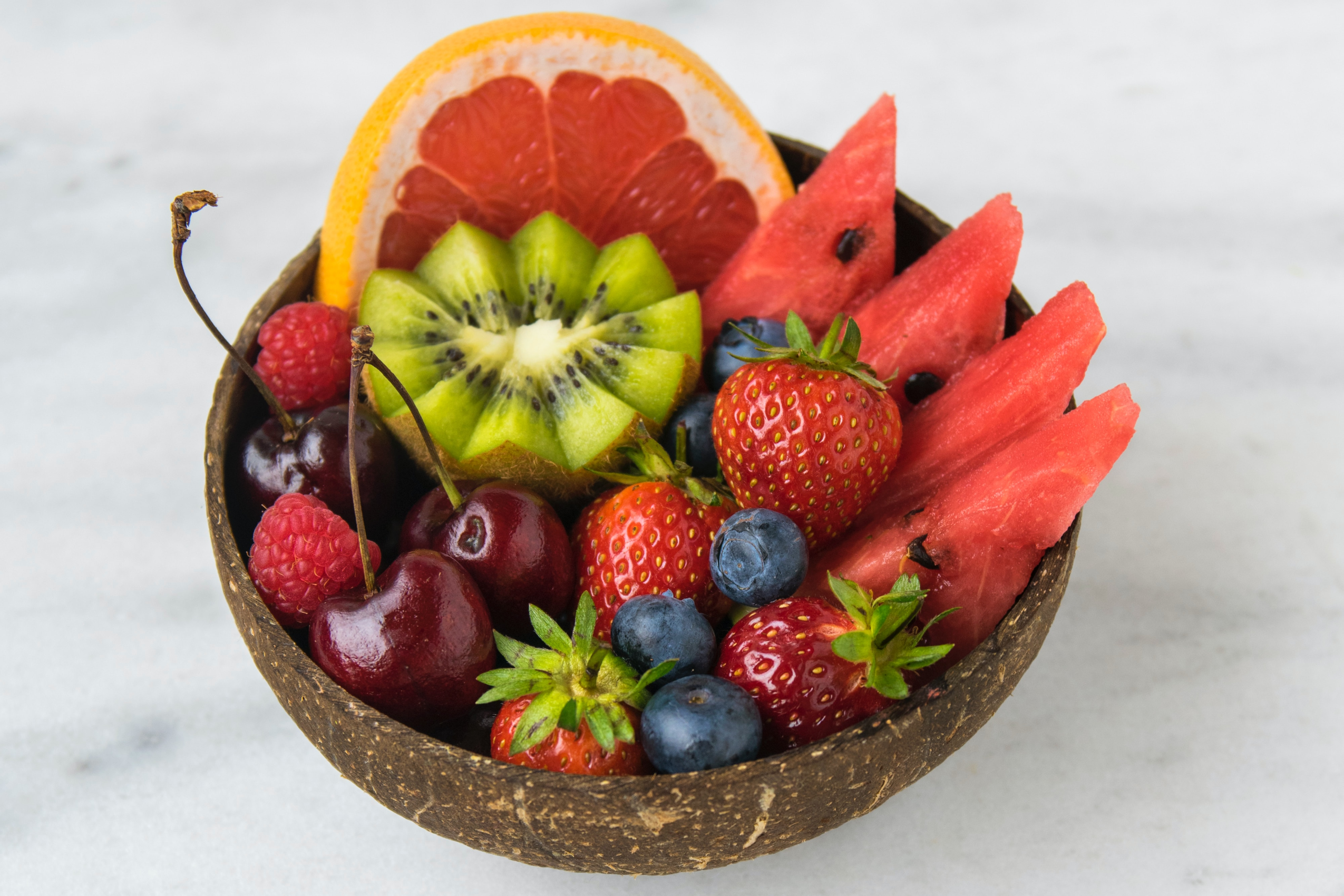


Rather than worry about what you should eliminate from your diet this spring, focus instead on the seasonal spring produce you should be eating more. A variety of colorful, fresh, nutrient-rich fruits and vegetables are ready to grace your kitchen table as the weather gets warmer. And you can feel good about purchasing seasonal produce – they’re higher in nutrients, less expensive and better for the community.
In this blog post, you will find a summary of the health benefits of some of the Spring vegetables and fruits that are easily accessible right now and a few recipes for you to try at home.
As well as being very rich in antioxidants, strawberries are a source of vitamin C, manganese, vitamin B9 and potassium.
Studies have also found a correlation between berries and improved heart health, as they may improve good cholesterol, blood pressure, and blood platelets function. As well as heart health, strawberries have been linked to blood sugar regulation and cancer prevention.
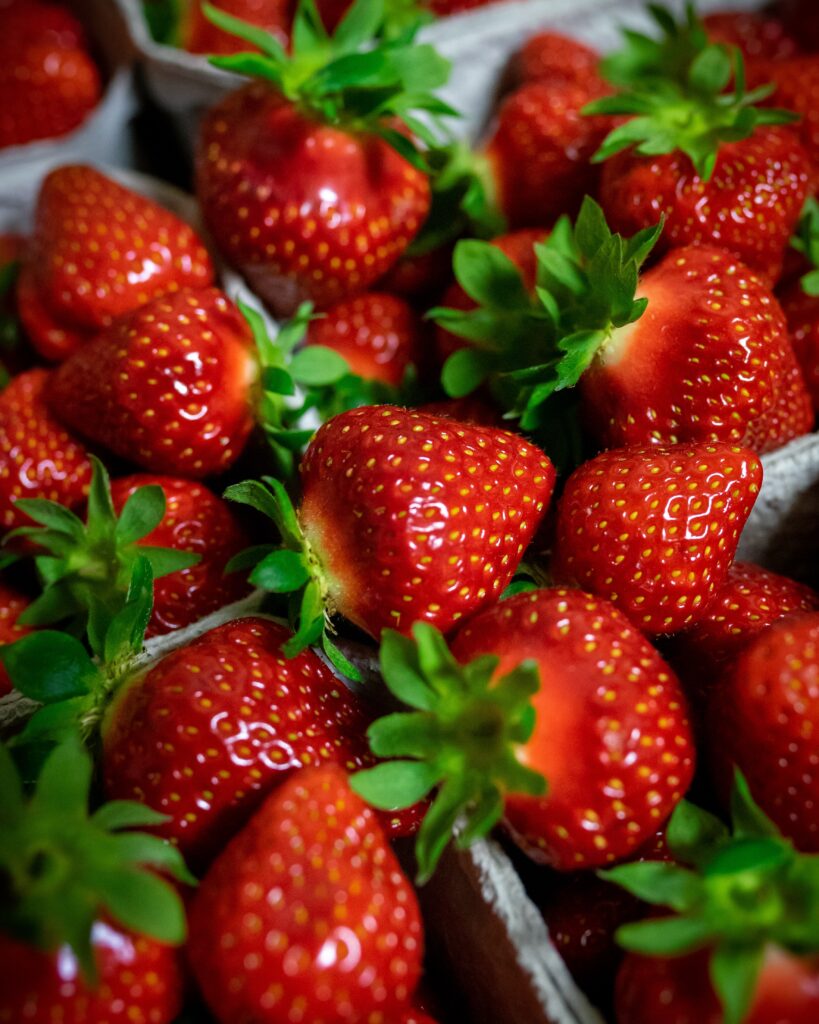
Asparagus are a good source of fiber, vitamin C, and folate and are full of nutrients. It is also a great source of vitamin K, which is necessary for good blood coagulation and bones. Asparagus also contain chromium, a trace mineral that may improve insulin’s capacity to carry glucose from the bloodstream into cells. If you’re keeping an eye on your blood sugar levels, this is good news.
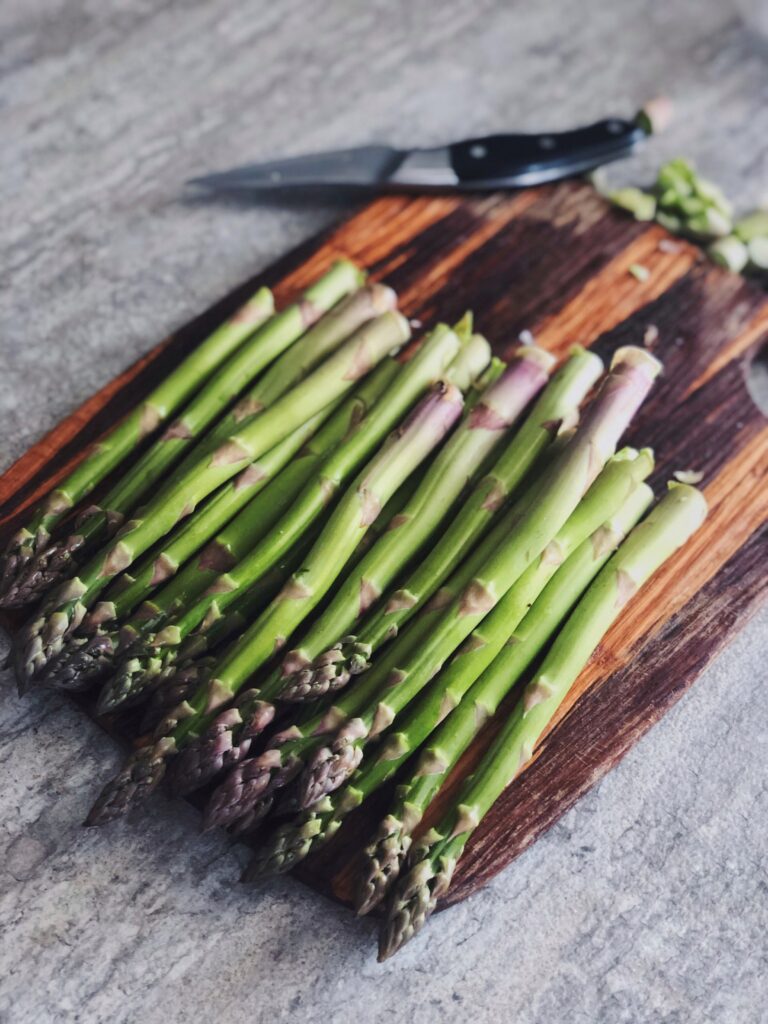
Radishes contain, among other nutrients, potassium, calcium, magnesium, zinc, vitamin B6 and vitamin K, as well as anticancer and antifungal properties.
This Delish article showcases 20 great recipes featuring radishes for you to try!
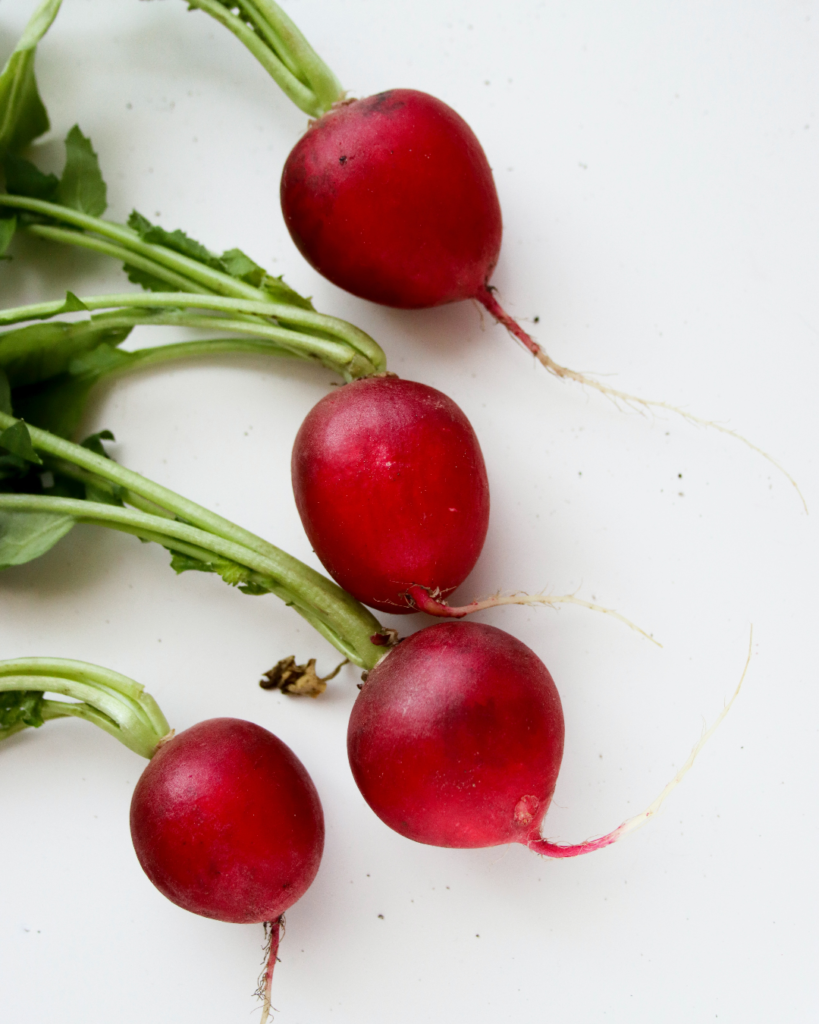
According to the American Institute for Cancer Research, “the edible part of the rhubarb plant — the stalk — contains anthocyanins, which yield its bright red color”. Anthocyanins have shown to have effects on blood vessels and blood pressure, as well as anti-cancer benefits.
Rhubarbs are also a source of Vitamin K1, which is important for blood clotting and bone health.
Here’s a good selection of Rhubarb recipes from the Delicious Magazine.
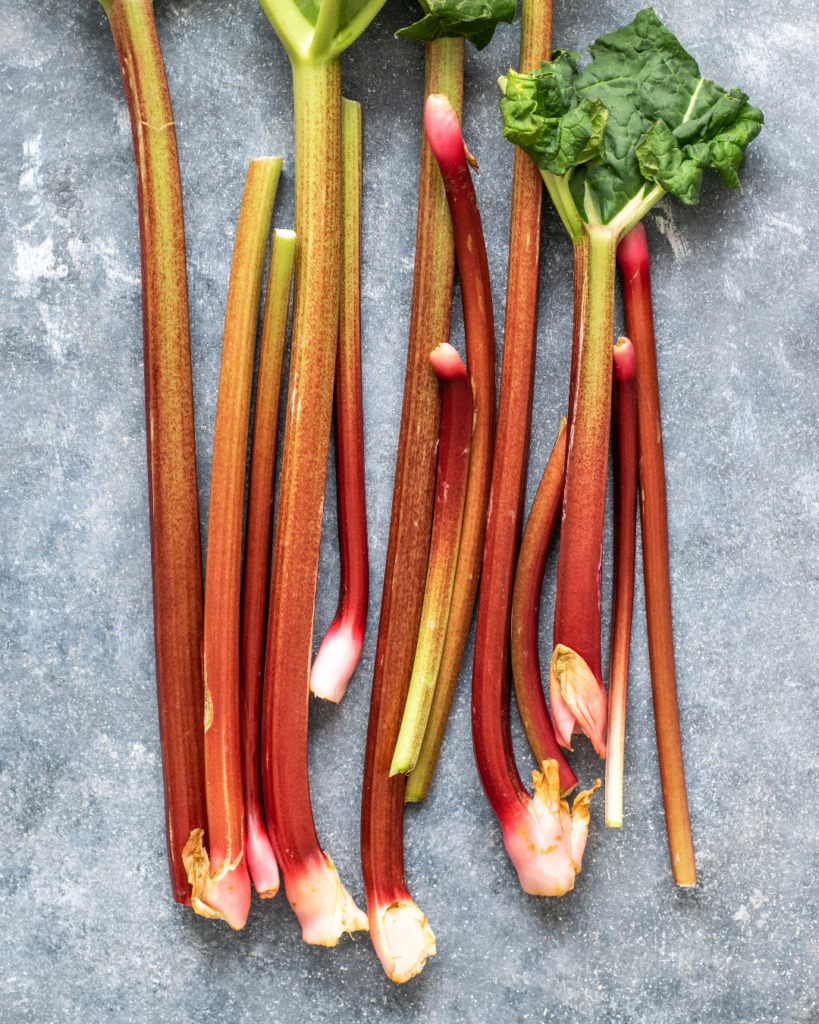
Rich in vitamin C (more so than oranges), Kohlrabi also contains phytochemicals that may have anti-cancer and anti-inflammatory effects. According to this article from the Guardian, “chronic, low-level inflammation could raise your risk of heart disease, stroke, diabetes, Alzheimer’s, osteoporosis and other common diseases.”
Recipe: Kohlrabi Risotto
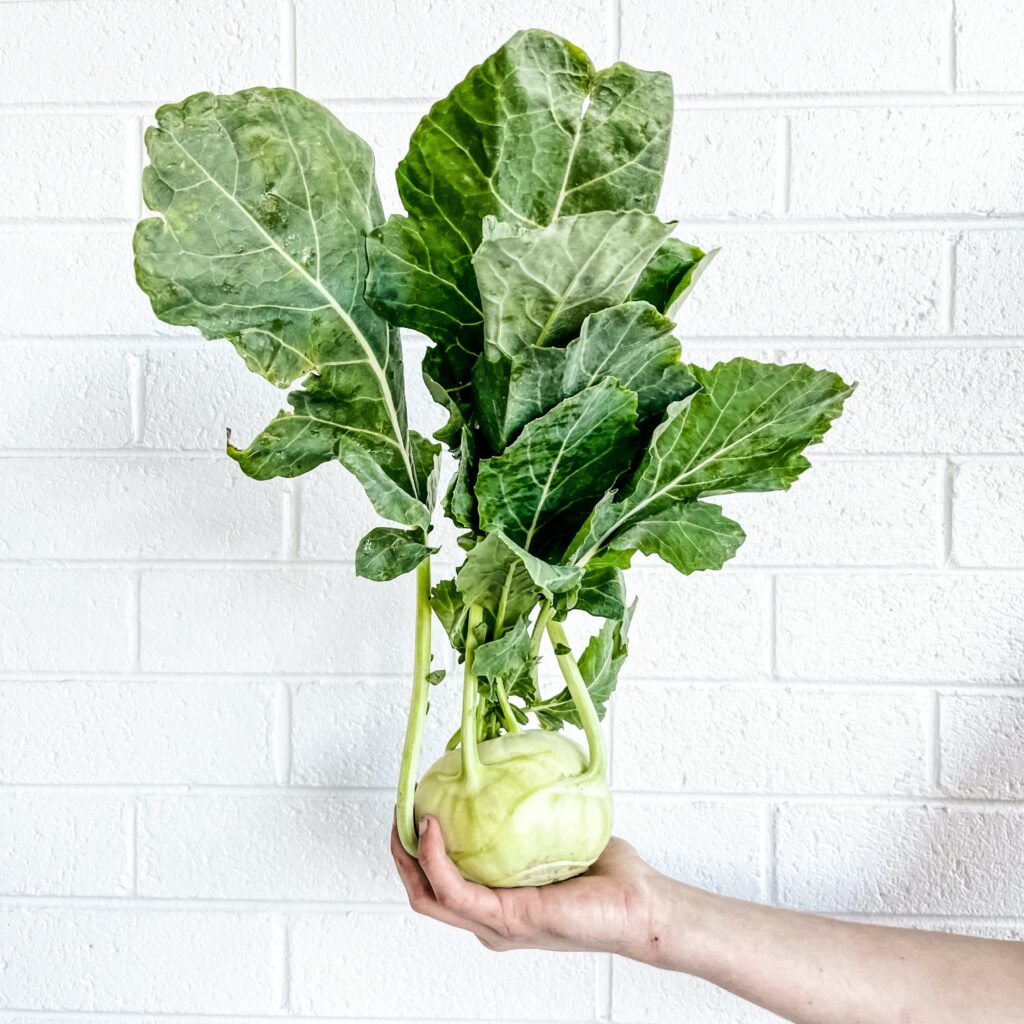
Spinach is loaded with nutrients and antioxidants: iron, vitamin C, vitamin A, vitamin K1, calcium, among others.
Additionally, Spinach is rich on zeaxanthin and lutein, which are components linked to eye health.
This New York Times article shows 14 ways to cook spinach.
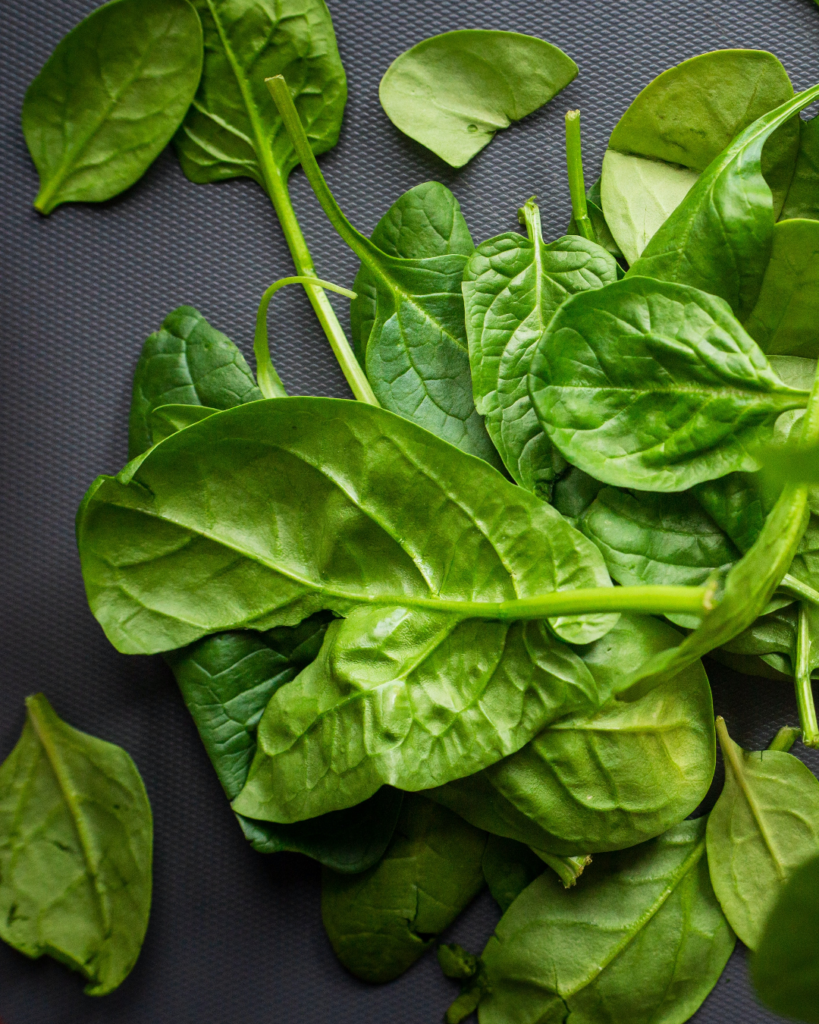
| Cookie | Duration | Description |
|---|---|---|
| cookielawinfo-checkbox-advertisement | 1 year | Set by the GDPR Cookie Consent plugin, this cookie is used to record the user consent for the cookies in the "Advertisement" category . |
| cookielawinfo-checkbox-analytics | 11 months | This cookie is set by GDPR Cookie Consent plugin. The cookie is used to store the user consent for the cookies in the category "Analytics". |
| cookielawinfo-checkbox-functional | 11 months | The cookie is set by GDPR cookie consent to record the user consent for the cookies in the category "Functional". |
| cookielawinfo-checkbox-necessary | 11 months | This cookie is set by GDPR Cookie Consent plugin. The cookies is used to store the user consent for the cookies in the category "Necessary". |
| cookielawinfo-checkbox-others | 11 months | This cookie is set by GDPR Cookie Consent plugin. The cookie is used to store the user consent for the cookies in the category "Other. |
| cookielawinfo-checkbox-performance | 11 months | This cookie is set by GDPR Cookie Consent plugin. The cookie is used to store the user consent for the cookies in the category "Performance". |
| CookieLawInfoConsent | 1 year | Records the default button state of the corresponding category & the status of CCPA. It works only in coordination with the primary cookie. |
| viewed_cookie_policy | 11 months | The cookie is set by the GDPR Cookie Consent plugin and is used to store whether or not user has consented to the use of cookies. It does not store any personal data. |